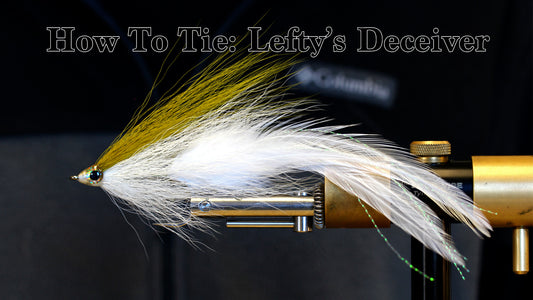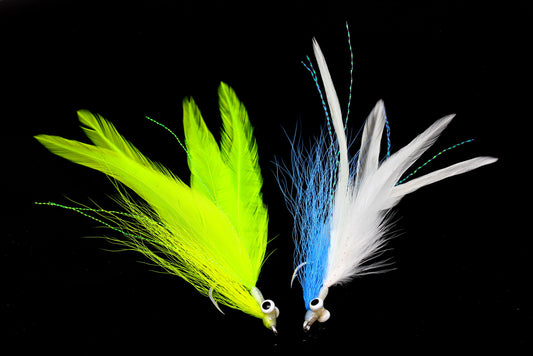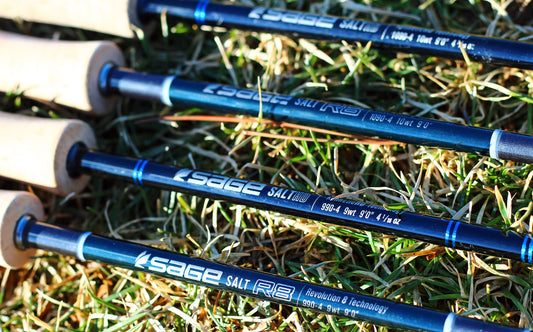All Points Fly Shop + Outfitter Blog

Fly Fishing in Maine: October
October is referred to as the "extended season" for many of our trout and landlocked salmon fisheries. Although many bodies of water shut down and close after October 1st, there are...
Fly Fishing in Maine: October
October is referred to as the "extended season" for many of our trout and landlocked salmon fisheries. Although many bodies of water shut down and close after October 1st, there are...

Video: Fly Tying - Bucktail Deceiver
The Bucktail Deceiver (BTD) was first tied by Bob Popvics and utilizes solely bucktail as the source material. With the combination of changing fiber length, location on the hook shank,...
Video: Fly Tying - Bucktail Deceiver
The Bucktail Deceiver (BTD) was first tied by Bob Popvics and utilizes solely bucktail as the source material. With the combination of changing fiber length, location on the hook shank,...

Video: Fly Tying - Lefty's Deceiver
A saltwater classic. The Lefty's Deceiver, named after legendary fly fisher Lefty Kreh, has likely caught more big game fish such as striped bass, tarpon, and snook more than any...
Video: Fly Tying - Lefty's Deceiver
A saltwater classic. The Lefty's Deceiver, named after legendary fly fisher Lefty Kreh, has likely caught more big game fish such as striped bass, tarpon, and snook more than any...

What Makes a Fly Rod Great for Striped Bass?
Written By: Joe Webster // Photo: Josh Thelin Purposefully, this article does not mention any specific brands or models. This piece was not written to be a “Top 5 Best Rods”...
What Makes a Fly Rod Great for Striped Bass?
Written By: Joe Webster // Photo: Josh Thelin Purposefully, this article does not mention any specific brands or models. This piece was not written to be a “Top 5 Best Rods”...

Fly Focus Friday: Half & Half
A simple combination of a clouser and a Lefty's Deceiver, the Half & Half has become one of the most popular saltwater patterns. It has successfully targeted many species from...
Fly Focus Friday: Half & Half
A simple combination of a clouser and a Lefty's Deceiver, the Half & Half has become one of the most popular saltwater patterns. It has successfully targeted many species from...

Fly Rod Shootout: Sage Salt R8 vs. Sage Salt HD
Words + Photos By: Josh Thelin Saltwater fly rods have a unique place in fly fishing. They are dealt a wide variety of environments to accommodate, have to manage larger...
Fly Rod Shootout: Sage Salt R8 vs. Sage Salt HD
Words + Photos By: Josh Thelin Saltwater fly rods have a unique place in fly fishing. They are dealt a wide variety of environments to accommodate, have to manage larger...